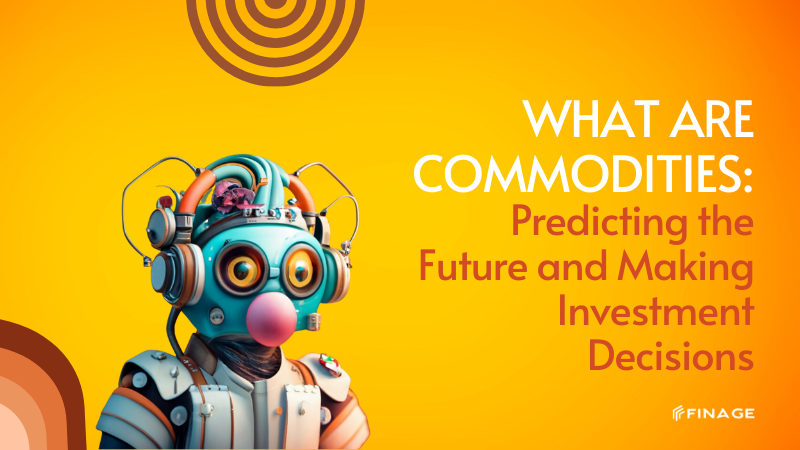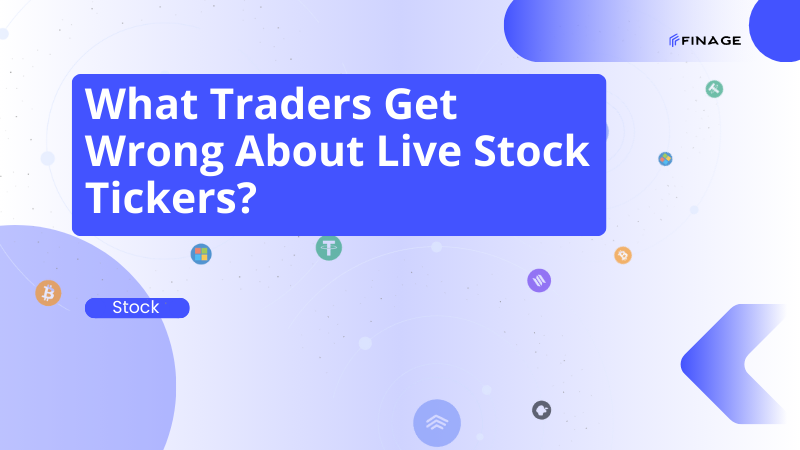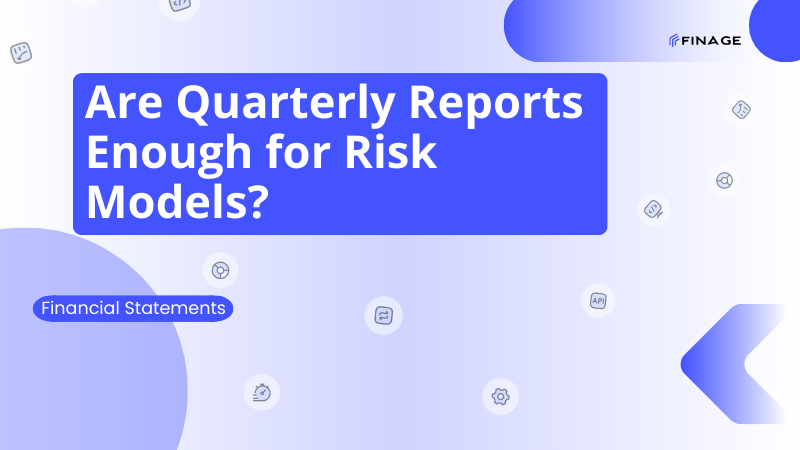What Are Commodities: Predicting the Future and Making Investment Decisions
6 min read • May 17, 2023

Introduction
Commodity markets make the trading of crucial global goods easier. What sets commodities apart from other items is their lack of branding. These goods are predominantly found in nature and encompass items like crops and oil. Their primary purpose lies in the creation of other finalized products. In essence, these are raw materials destined for the production of finished goods.
Commodities are usually exchanged on the market, which determines the price. The producer doesn't matter since the material is always the same. While in the past they were just considered to be natural materials, currently it extends to include foreign currencies. So what exactly does it involve and why are so many traders using this platform to make profits?
Contents:
- Types
- Reasons to invest in commodities
- What may affect the prices?
- How to trade commodities
- Step 1: Finding a market
- Step 2: Focusing on futures
- Step 3: Choosing trade duration
- Final thoughts
Types
The commodities exchange market has greatly evolved over the centuries. Today it is exchanged in many raw materials across the globe. Also, the investment landscape is a realm of possibilities, attracting individuals with diverse experience levels seeking financial gains through various avenues. Traditional methods, such as stocks and bonds, are widely used but alternative investments like REITs and commodities have also gained prominence. Now it is also possible to trade futures on many markets. Because the items are used in the production of many consumables, they influence inflation.
There are two main types in the niche that traders have to consider: hard and soft. Hard ones refer to anything extracted from the earth. Examples include:
- Oil
- Minerals
- Gems
- Natural gas
Things that are grown are considered a soft type. This also includes things that are reared. These include:
- Cotton
- Corn
- Wheat
- Coffee
- Sugar
- Cattle
Another way to classify commodities is based on individual purposes. This includes energy, agriculture and metals. Also, the world's most concentrated ones, in terms of a few examples below, are characterized by a relatively small number of countries holding a significant portion of global production or reserves. Here's a breakdown:
- Lithium approx. 97% held by 5 countries
- Uranium 94%
- Crude oil 88%
Reasons to invest in commodities
Previous years proved challenging for the financial realm due to ongoing geopolitical influences on the global economy, creating uncertainty. Factors like declining valuations, interest rate concerns, inflation, and sector losses impacted trading trends. Insights from historical and present stock performance offer valuable insights. So it is crucial to assess future predictions and gauge their likelihood of investing on different items. Some of the reasons investors use commodities exchange to get profits include:
- Protect against inflation
- Offer diverse materials
- Provide great returns
One thing that makes commodities a better investment than bonds or stocks is the reaction to inflation. If there is a high demand for the goods, then the price of specific items will increase. So if there is inflation, these raw materials will still perform well. This is as opposed to bonds or stocks that perform well with a stable or slowing inflation rate.
What may affect the prices?
Commodities are a desirable asset because they are used to producing everyday goods. So they are always in demand. With global markets available today, investors can trade 24/7. Several things can affect prices including:
- Demand
- Regional conflicts
- Political influence
- Pandemics
- Weather
- Economic situation
- Trade regulations
For instance, you can see a shift in the prices of many commodities across the world today, including grain issues and also increased production of oil saw a reduction in prices across the world.
Traders are always looking at the news updates to make investments first. Adding several assets to a portfolio in order to reduce the risk of losses is known as diversification. Diversification involves investing in a variety of different assets, rather than putting all your money into a single investment. The goal of diversification is to spread out risk.
How to trade commodities
Numerous trading experts leverage market updates and trends to generate profits. Projected to attain a value of approximately 435.93 billion dollars by the end of 2023, the commodities market stands out as one of the most profitable realms presently. Actually, anyone can start trading the defined items with a few simple steps. Let’s check them:
Step 1: Finding a market
These are linked to many exchanges across the US and the world. Another way of getting into this market is by owning shares in companies that exchange commodities. Once you pick a market, you will need a contract for difference (CFD). This allows you to exchange commodities. Then you can choose the raw material to exchange.
Step 2: Focusing on futures
The majority of individuals interested in investing in commodities opt for futures contracts as it’s their favorite method. These contracts help to ease the exchanges at a later date.
So after arriving at a mutual agreement with another trader, the exchange takes place in the designated future period. To engage in this process, you have to establish an account with a brokerage organization or use the appropriate platform with provided services in the niche.
Step 3: Choosing trade duration
Before you start trading commodities it is important to understand the intended duration. Your options are long-term or short-term trades.
Short-term trades are future contracts with a set time limit. So by a given deadline, you have to exchange the item. It is the opposite for stocks that are usually not associated with deadlines. Most investors hold the assets for long durations.
An exchange is considered long-term if it is not attached to a deadline. This provides investors with more time to own assets. Even if there are more associated risks, it leads to faster profits.
Final thoughts
Summing up, the companies producing or dealing with these materials and products do not distinguish them from one another based on their sources or origins. Regardless of which company produces or handles these materials, they are considered the same, the items like raw materials and their resulting goods that are standardized and not associated with a particular brand. Things like petroleum, metals and crops are also considered commodities.
Additionally, the importance of this market has become more obvious in recent years as it is a source of raw materials for many finished goods. That is why it is crucial to follow and check fundamental data before investing and trading. You can also analyze sector performance. You can find many markets where you can trade commodities within and outside the US and more. But to trade, you need to find a suitable market and platform with useful features, tools, and data first. Additionally, the duration of trades also matters as you may opt for either short-term or long-term exchanges.
You can get your Real-Time and Historical Forex Data with Finage free Fx Data API key.
Build with us today!
Claim Your Free API Key Today
Access stock, forex and crypto market data with a free API key—no credit card required.

Stay Informed, Stay Ahead
Finage Blog: Data-Driven Insights & Ideas
Discover company news, announcements, updates, guides and more


